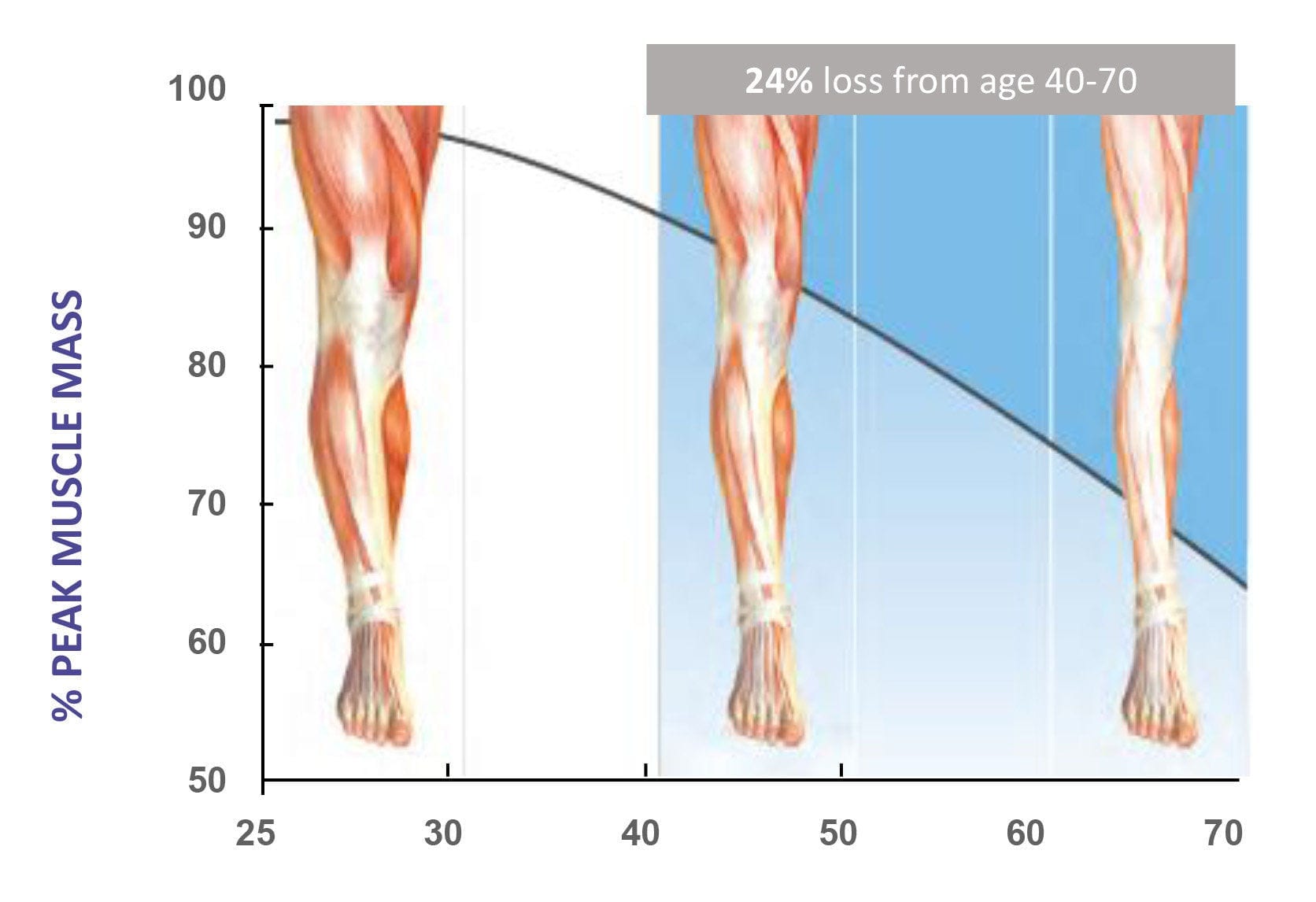
An Osaka University-led research team has recently published findings that provide a ray of hope for the millions of Parkinson’s disease (PD) sufferers worldwide. Although more common in those aged over sixty, PD can strike at any age, with an estimated prevalence of 41 per 100,000 people in their forties. And while not fatal in and of itself, the progressive neurodegeneration that is characteristic of PD can often cause secondary effects that lead to death.
The exact cause of PD is still a mystery, but researchers believe that both genetics and the environment are likely to play a part. Importantly though, all PD patients show a loss of dopaminergic neurons in the brain and increased levels of a protein called ?-synuclein, which accumulates in Lewy bodies. Lewy bodies are a pathological feature of both familial and sporadic forms of the disease, as well as some types of dementia.
In the study published this month in Scientific Reports, the team led by researchers from Osaka University’s Graduate School of Medicine focused on ?-synuclein as a target for a novel PD treatment.
“Although there are drugs that treat the symptoms associated with PD, there is no fundamental treatment to control the onset and progression of the disease,” explains lead author Takuya Uehara. “Therefore, we looked at ways to prevent the expression of ?-synuclein and effectively eliminate the physiological cause of PD.”
To do this, the researchers designed short fragments of DNA that are mirror images of sections of the ?-synuclein gene product. The constructs were stabilized by the addition of amido-bridging. The resulting fragments, called amido-bridged nucleic acid-modified antisense oligonucleotides (ASOs), bind to their matching mRNA sequence, preventing it from being translated into protein. After screening 50 different ASOs, the researchers settled on a 15-nucleotide sequence that decreased ?-synuclein mRNA levels by 81%.
“When we tested the ASO in a mouse model of PD, we found that it was delivered to the brain without the need for chemical carriers,” says co-lead author Chi-Jing Choong. “Further testing showed that the ASO effectively decreased ?-synuclein production in the mice and significantly reduced the severity of disease symptoms within 27 days of administration.”
Explains senior author of the study Hideki Mochizuki, “Our results showed that gene therapy using ?-synuclein-targeting ASOs is a promising strategy for the control and prevention of PD. We expect that in the future, this method will be used to not only successfully treat PD, but also dementia caused by ?-synuclein accumulation.”
Learn more: Stopping Parkinson’s disease before it starts
The Latest on: Parkinson’s disease
[google_news title=”” keyword=”Parkinson’s disease” num_posts=”10″ blurb_length=”0″ show_thumb=”left”]
via Google News
The Latest on: Parkinson’s disease
- 4 friends with Parkinson's disease cycling across the country to raise money for researchon May 1, 2024 at 7:57 am
CHICAGO (CBS) --Four friends will set off on a journey of a lifetime on Wednesday, cycling across America while raising money for two Parkinson's disease foundations. The Chicago-area organizer is ...
- Study links agricultural pesticide exposure to increased genetic variants in Parkinson’s diseaseon May 1, 2024 at 5:04 am
Recent research has highlighted the role of autophagic function in PD etiology, with mutations in the glucosylceramidase beta (GBA1) gene increasing the likelihood of developing PD. In the present ...
- Williston-based gym using boxing to help fight Parkinson's diseaseon April 30, 2024 at 11:42 pm
Rock Steady Boxing is based on of Indianapolis, with gyms across the country focused on helping those diagnosed with Parkinson's disease fight it through the sweet science.
- U of T researchers develop new approach for controlling neuron generation in Parkinson's diseaseon April 30, 2024 at 11:25 pm
Researchers at the University of Toronto have found a way to better control the preclinical generation of key neurons depleted in Parkinson's disease, pointing toward a new approach for a disease with ...
- New Mexico students engineer glove to help Parkinson’s disease patientson April 30, 2024 at 8:15 pm
Students from Española Valley High School and Northern New Mexico College are applying their engineering skills to improve the lives of patients living with Parkinson’s disease. Under the direction of ...
- Promising new study with diabetes drug for people with Parkinson's diseaseon April 30, 2024 at 12:16 pm
April is Parkinson's Disease awareness month, and there is a new drug that has promising results for people with Parkinson's. GLP-1 agonist drugs like Ozempic and Wegovy are extremely popular, ...
- Researchers target neurogenesis in new approach to treat Parkinson's diseaseon April 30, 2024 at 8:05 am
Researchers at the University of Toronto have found a way to better control the preclinical generation of key neurons depleted in Parkinson's disease, pointing toward a new approach for a disease with ...
- NKGen Biotech Announces FDA Clearance of Investigational New Drug (IND) Application for SNK01 NK Cell Therapy in Parkinson’s Diseaseon April 29, 2024 at 6:59 am
NKGen advances its neurodegenerative disease program with FDA IND clearance for its Phase 1/2a SNK01 Clinical Trial in patients with Parkinson’s ...
- Global Parkinson’s Disease Industryon April 29, 2024 at 6:12 am
Global Parkinson’s Disease Industry likely to raise at a CAGR of 5.1% and may surpass US$ 3.7 billion during forecast period 2023 to 2033 ...
- Recognizing symptoms of Parkinson's diseaseon April 25, 2024 at 5:00 pm
April is Parkinson's Disease Awareness Month, which make this a good time to learn about the symptoms of Parkinson's disease. An estimated 1 million people in the U.S. and more than 10 million people ...
via Bing News










